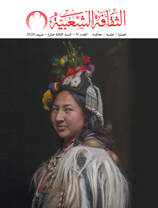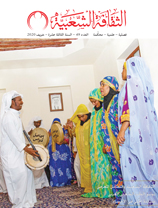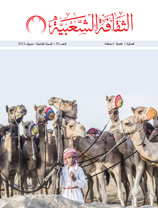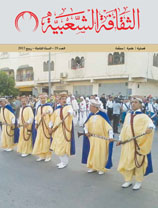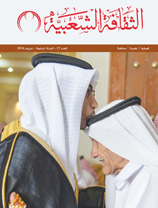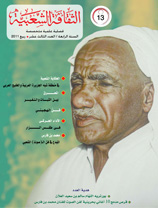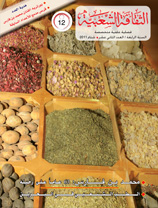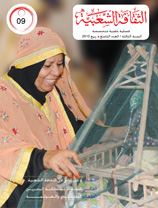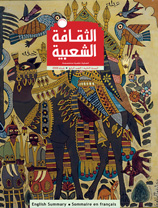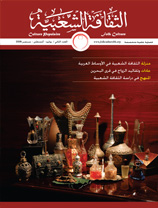The theoretical and practical foundations of the development of weaving looms (Sadu)
Issue 34
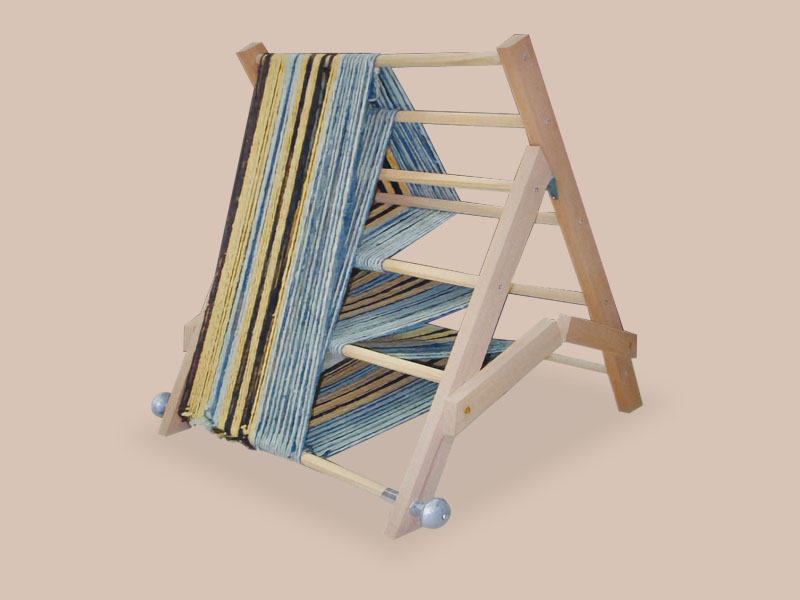
By Dr. Ali Salih Al Najadah
A traditional form of weaving practiced by Bedouin women in rural communities in Kuwait and other Gulf states, Al Sadu is used to produce fabric for furniture and accessories for camels and horses.
Bedouin men shear the sheep, camels and goats, then women gather in small groups to spin and weave while they exchange family news, chant, and recite poetry. Girls learn by watching; they are given tasks such as sorting the wool before they progress to more complicated skills.
Al Sadu is a term with 3 meanings. It is a common expression for raw sadu threads; it is the name of the traditional ground weaving loom; and it describes the Bedouin weaving process.
Sadu is one of the most significant handicrafts that Bedouin women mastered to meet the Bedouins’ needs, including tents with all the furniture and decorative elements.
After Kuwaiti Bedouins settled in cities and suburbs, young women began to work in the public and private sectors and the practice of Sadu became endangered. Young women found it painful to sit for long hours while using the traditional loom. In an attempt to encourage young women to persevere with this traditional craft, the Sadu was redesigned to increase production and reduce pain.
This research paper aims to:
- Identify the research problem and the origin of Sadu
- Study various Sadu loom designs to facilitate weaving and adapt to the requirements of modern life
- Describe the theoretical and practical aspects of the design of the vertical Sadu loom
- Review the stages that went into the invention and development of vertical Sadu looms
- Describe the parts of vertical Sadu looms
- Explain the technique for using vertical Sadu looms
















